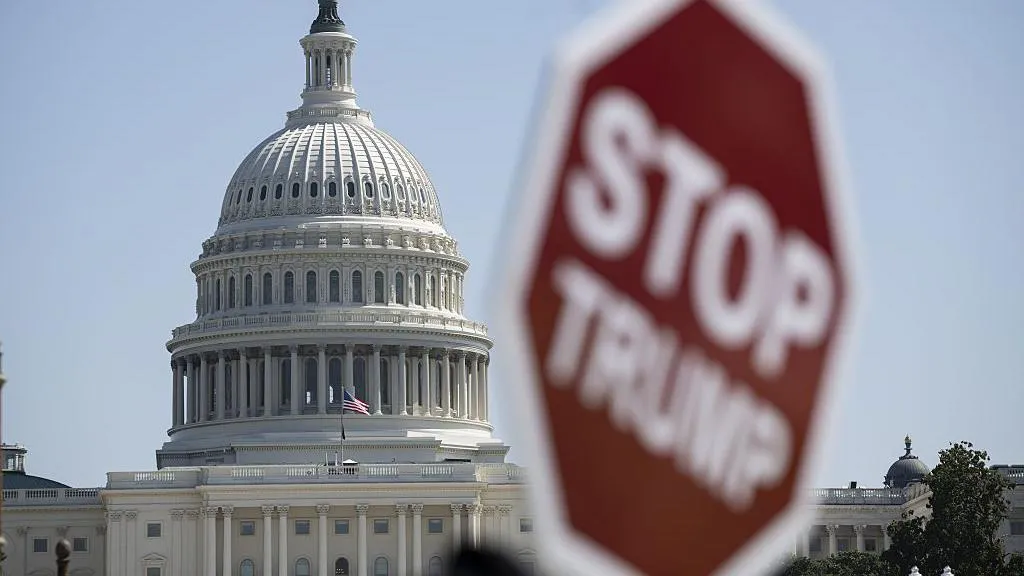The United States is on the brink of its first federal government shutdown since 2018 as a partisan clash over healthcare and spending intensifies in Congress. Unless lawmakers strike a deal by 12:01 a.m. Wednesday, large parts of the federal government will be forced to halt operations.
At the core of the deadlock is a dispute between President Donald Trump’s Republican Party and congressional Democrats. Republicans are pushing a short-term funding bill passed in the House to extend government operations for seven weeks, but Democrats are refusing to back it without guarantees on healthcare. Their demands include extending Affordable Care Act tax credits that make insurance more affordable, reversing cuts to Medicaid, and restoring funding to the Centers for Disease Control and National Institutes of Health.
Although Republicans control both chambers of Congress, they lack the 60 votes needed in the Senate to break a filibuster. Democrats, sensing leverage, are holding firm, even as the deadline looms.
“It’s now in the president’s hands,” Senate Democratic leader Chuck Schumer said after meeting Trump and other congressional leaders at the White House on Monday. “He can avoid the shutdown if he gets the Republican leaders to go along with what we want.”
Vice President JD Vance signaled little optimism. “I think we’re headed into a shutdown, because the Democrats won’t do the right thing,” he said.
The Trump administration has shown an unusual willingness to embrace a shutdown, with some officials suggesting it could be used to identify “non-essential” workers for permanent layoffs — a stance that has unsettled critics and unions alike.
If the government shuts down, essential services such as border security, air traffic control, and in-hospital medical care will continue. Social Security and Medicare checks would still be issued, but new benefit verifications, food assistance programs, federally funded preschools, student loans, and national park operations could all be disrupted. Travel delays are also possible if unpaid federal employees begin skipping shifts.
Government shutdowns are not new to U.S. politics. President Trump’s first term saw three shutdowns, including the longest in history at 35 days in 2018–2019, triggered by a standoff over border wall funding. The Congressional Budget Office estimated that episode cost the economy $11 billion, with $3 billion permanently lost.
With the clock ticking, Washington remains at a stalemate. Democrats insist their healthcare demands reflect popular priorities, while Republicans argue the opposition will bear the political blame for the looming disruption.
As both sides dig in, millions of Americans brace for the real-world impacts of another shutdown — a uniquely American political standoff that could again ripple across households, businesse

